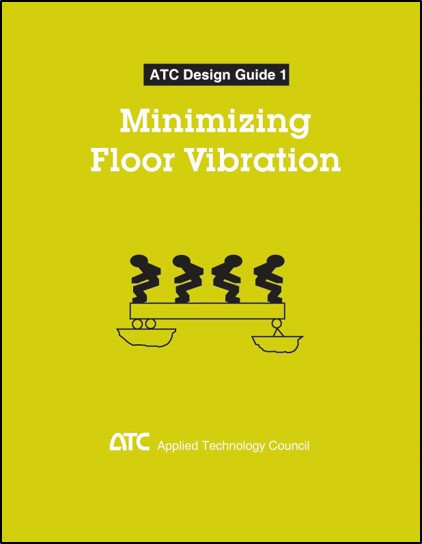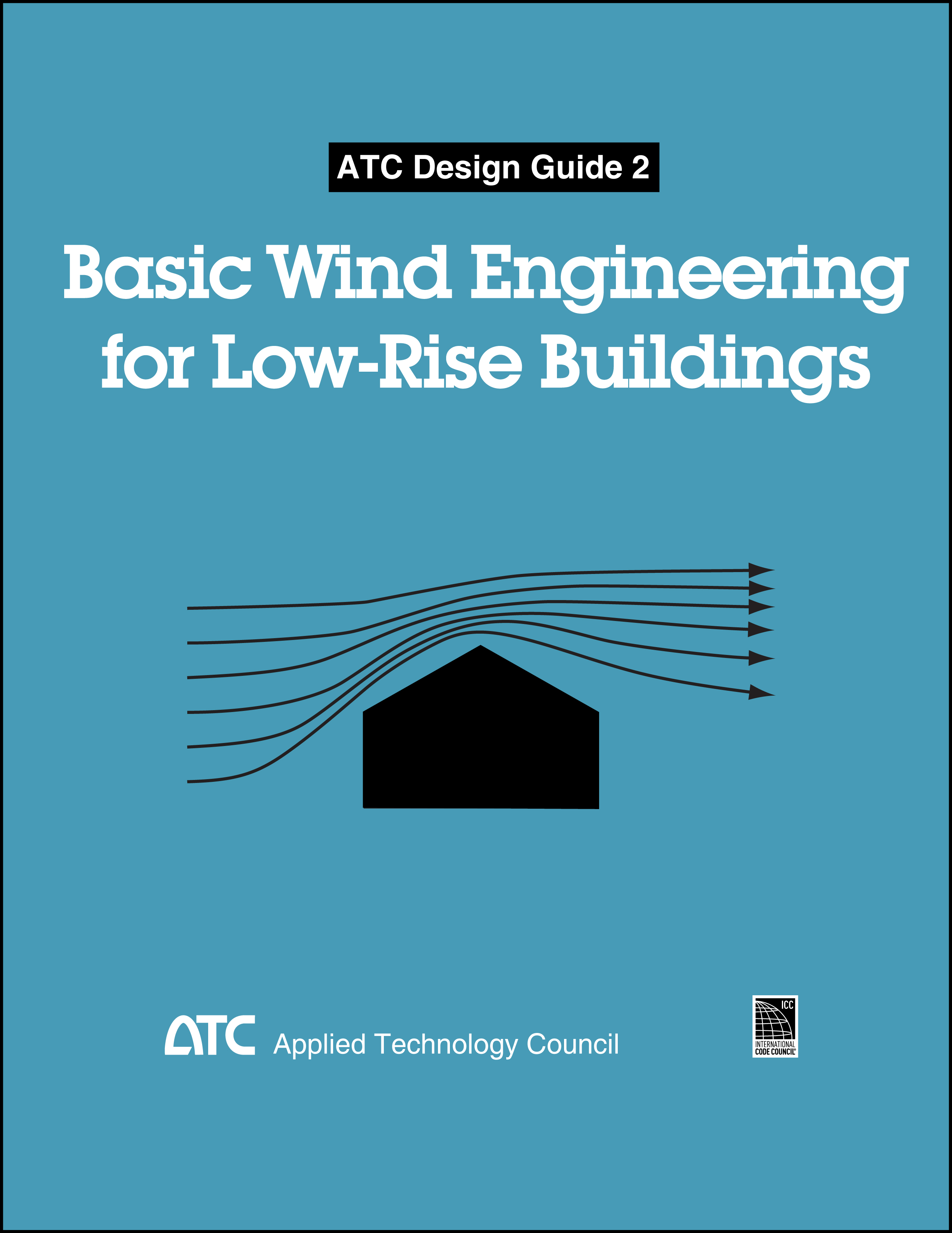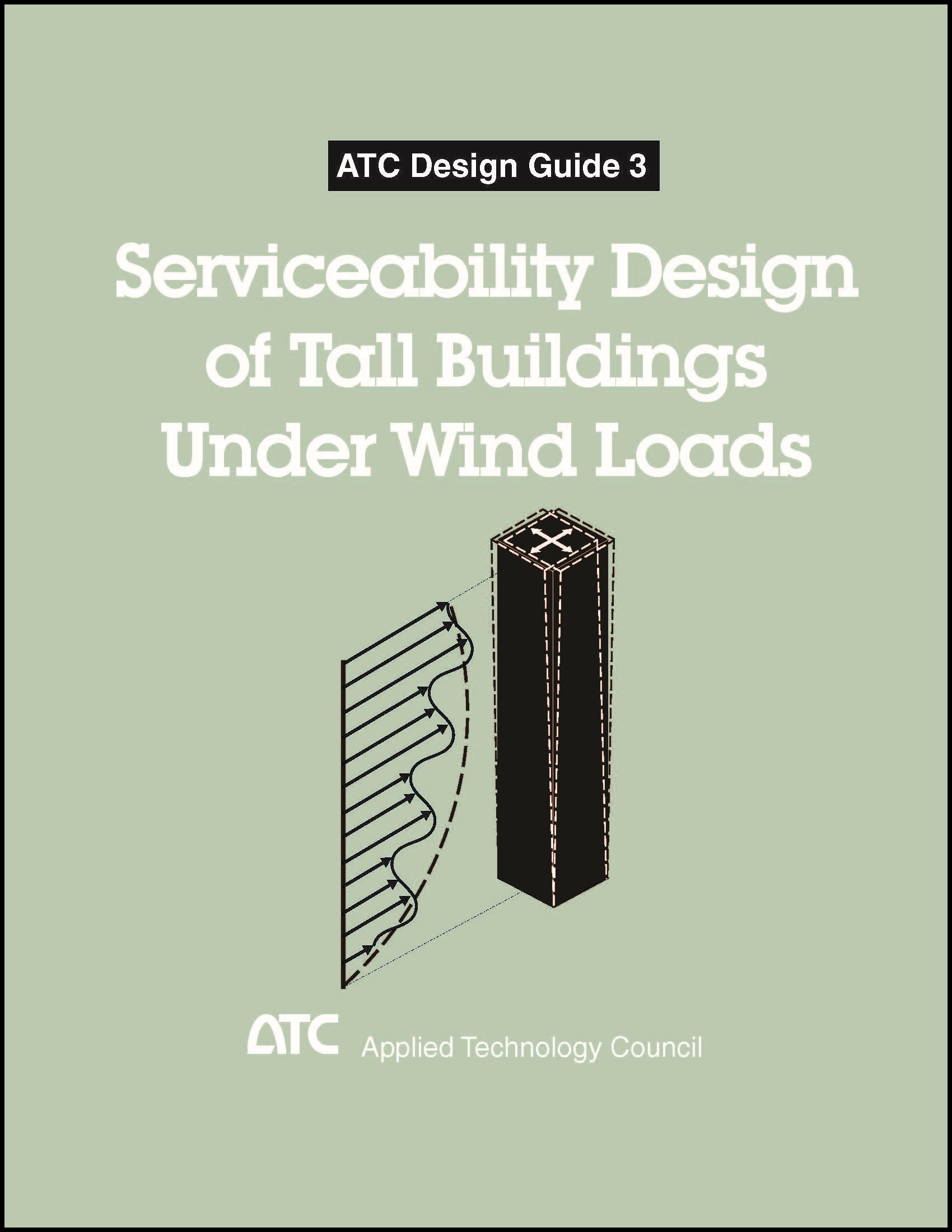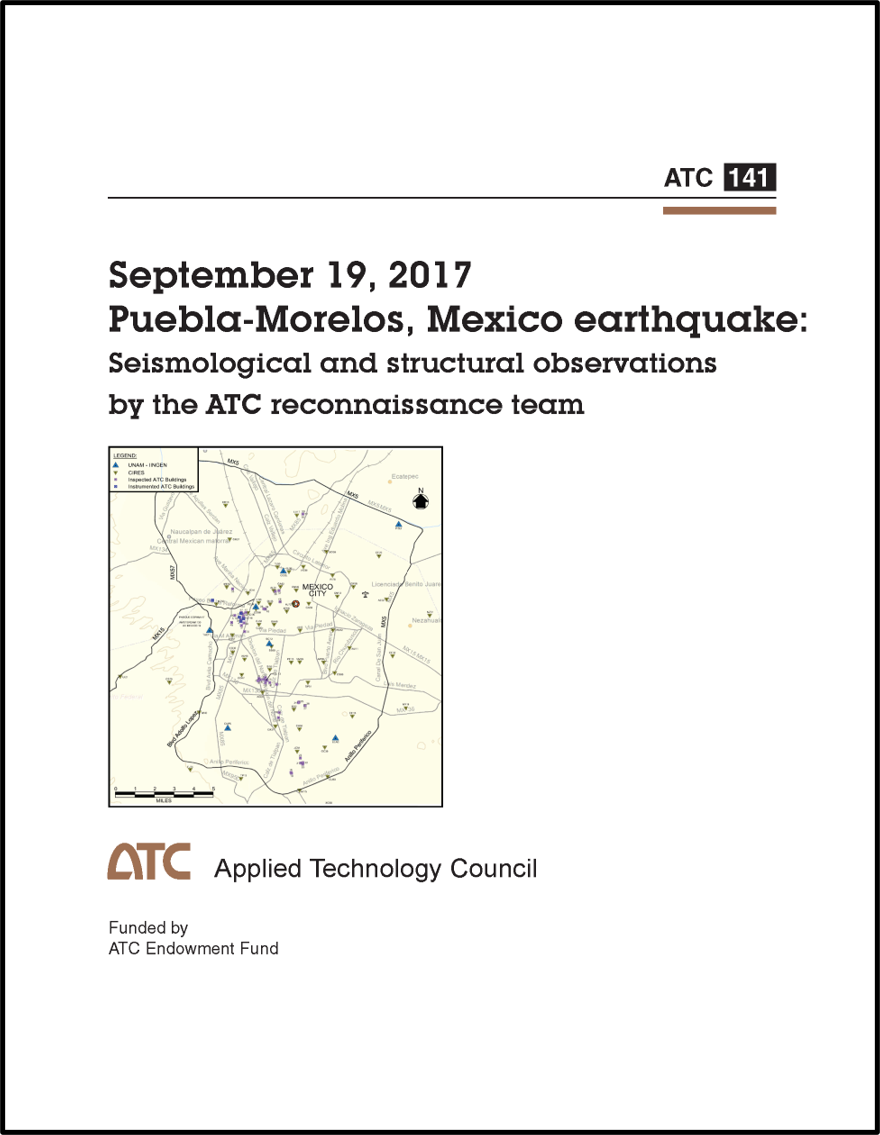Project Title: Solutions to the Issue of Short-Period Building Performance
Client: Federal Emergency Management Agency
Purpose: To advance the roadmap developed on the ATC-116 Project to: (1) identify key missing elements of current modeling practice related to short period buildings; (2) develop a methodology to improve analytical modeling of short period buildings; (3) calibrate the methodology with observed performance of short period buildings in recent earthquakes; and (4) simplify the methodology into practical solutions that can be implemented in codes and standards.
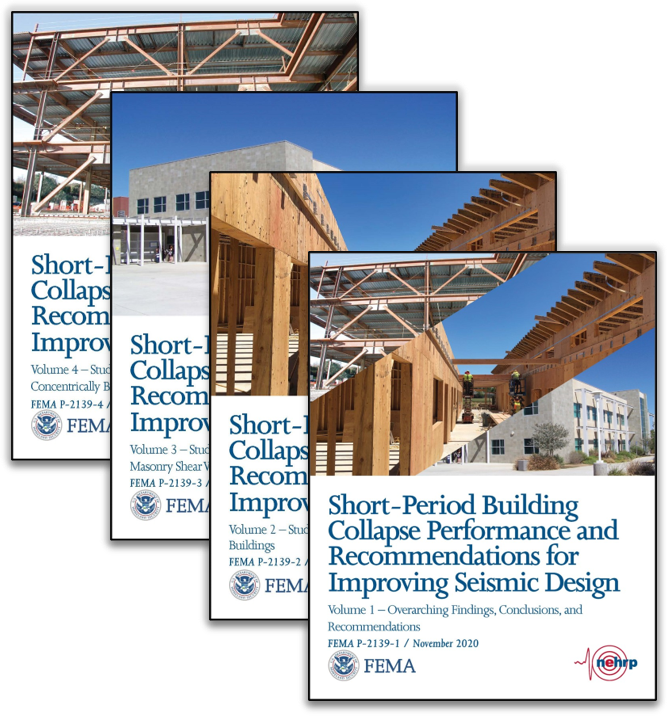 This project produced the following reports:
This project produced the following reports:
FEMA P-2139-1, Short-Period Building Collapse Performance and Recommendations for Improving Seismic Design, Volume 1 – Overarching Findings, Conclusions, and Recommendations
FEMA P-2139-2, Short-Period Building Collapse Performance and Recommendations for Improving Seismic Design, Volume 2 – Study of One-to-Four Story Wood Light-Frame Buildings
FEMA P-2139-3, Short-Period Building Collapse Performance and Recommendations for Improving Seismic Design, Volume 3 – Study of One-to-Four Story Special Reinforced Masonry Shear Wall Buildings
FEMA P-2139-4, Short-Period Building Collapse Performance and Recommendations for Improving Seismic Design, Volume 4 – Study of One-to-Four Story Steel Special Concentrically Braced Frame Buildings

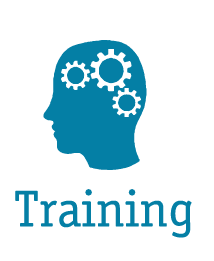

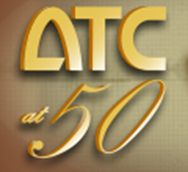
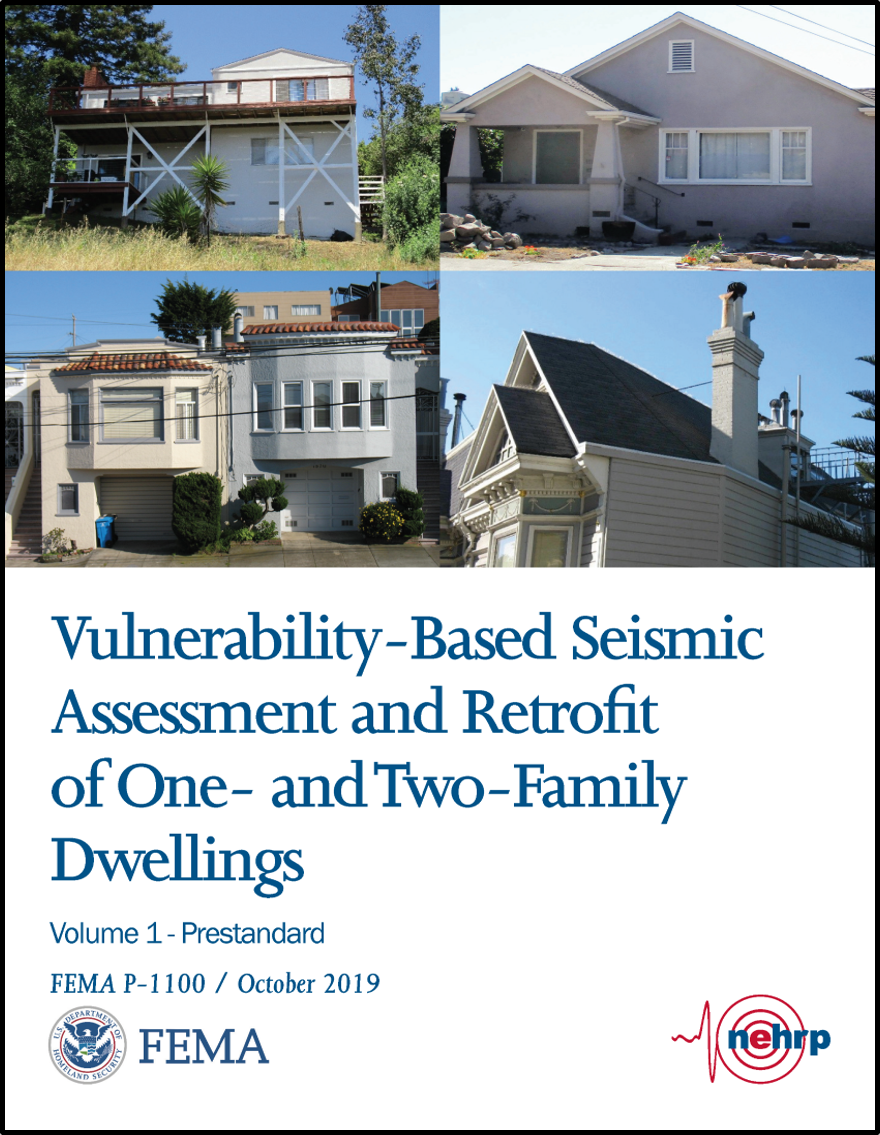 FEMA P-1100,
FEMA P-1100, 